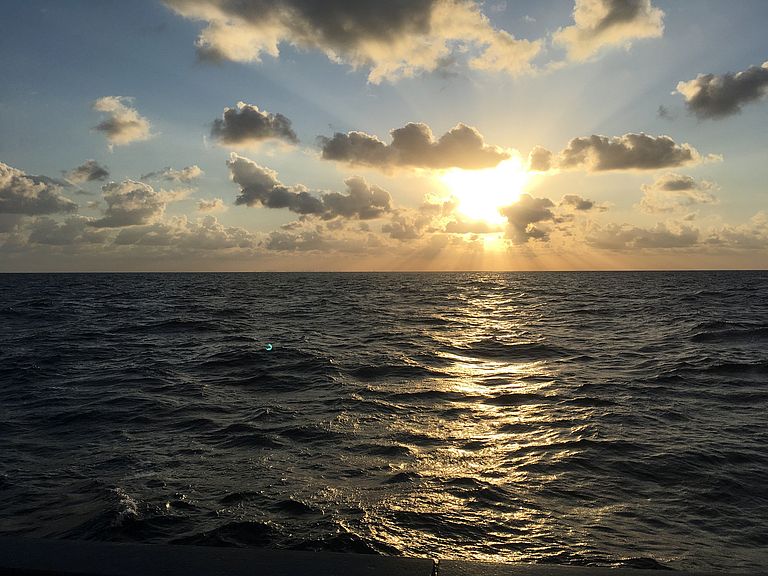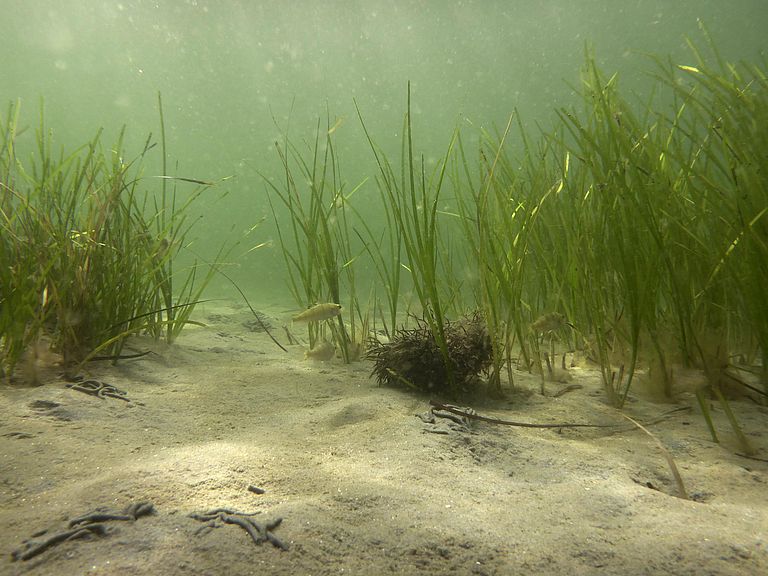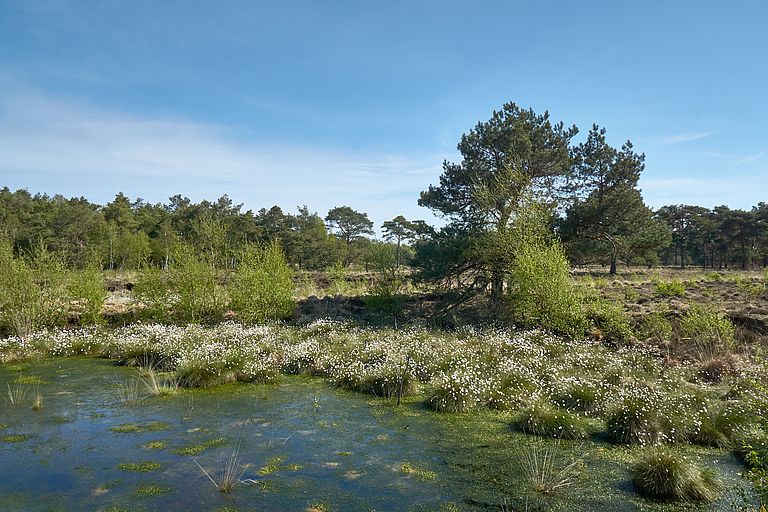Out of the Air
What opportunities and risks lie in the measures we can use to remove excess carbon dioxide from the atmosphere? Researchers from the Helmholtz Climate Initiative's Net-Zero 2050 clusters have developed frameworks for evaluating these measures.
Press release of the Helmholtz Climate Initiative
Based on current studies and interviews with experts, researchers from the Helmholtz Climate Initiative have developed a new framework for evaluating CDR measures, specifically tailored to Germany. In addition to reviewing the carbon balance of the CDR measures (systemic dimension), ecological, technological, economic, social, and institutional aspects are also being considered. “This tool was developed in order to inform decision makers about the opportunities and challenges posed by various CDR measures, so that they can better weigh the advantages and disadvantages of CO2-removal strategies,” says Dr. Johannes Förster of the Helmholtz Centre for Environmental Research (UFZ), who led the study. “In reality, CDR measures have a variety of effects, and the various dimensions involved are all interconnected. This can lead to both synergies as well as conflicts of interests.”
The researchers devised a traffic light system in order to evaluate the effects of the CDR measures using the indicators provided. “A green indicator means there are no foreseeable obstacles for a given measure. A red indicator means trouble ahead,” explains Förster. The traffic light system makes it easy to see where to expect obstacles when introducing and implementing CDR measures, as well as when to expect fewer hurdles, or even identify cases which might lead to new opportunities. The tool can be used to support decision-making processes, without ruling out any decisions: “In practice, in order to support concrete decisions, it is crucial to use a critical approach to classifying and balancing different, socially relevant aspects. Our evaluation framework can help us compare and assess all of this information, without ruling out any decisions.”
For example, the effects of CDR methods on land use are taken into consideration when evaluating their ecological impact. “If a CDR method requires large amounts of space – for example, for cultivating biomass – this has both direct and indirect environmental impacts on biodiversity, the ground, and the water supply. Meanwhile, CDR measures that filter CO2 directly out of the atmosphere through technological means often require less space, but consume a lot of energy. The evaluation framework helps to compare the very different challenges posed by CDR measures, ensuring they are considered in the decision-making process,” says Förster.
Another key factor when implementing and expanding CDR measures is their own carbon footprint, and therefore their contribution towards achieving the climate objectives. This aspect is included in the systemic dimension of the evaluation framework. “CDR measures should actively remove CO2 from the atmosphere and therefore generate negative emissions, offsetting remaining emissions. The carbon balance allows us to assess the effectiveness of individual measures,” explains Nadine Mengis of GEOMAR in Kiel, who contributed to developing this dimension. CDR measures must demonstrably produce negative emissions, and therefore significantly contribute to the climate objectives, to be worth the different costs and requirements that come with implementing them. Researchers are currently evaluating concrete CDR measures in a further, still ongoing research project. Their initial results are expected in the fall of this year.
Further assessment dimensions
The technological dimension makes it possible to gauge the efficiency of CDR measures, as well as their market-readiness, infrastructural requirements, and their integration into future energy systems. Meanwhile, the economic dimension allows decision makers to assess the costs and value-creation potentials relating to the implementation of CDR measures, as well as potential barriers to investment which may pose a challenge to their roll-out. The social dimension involves, among other factors, assessing the social acceptance of the CDR measures. This includes the public's perception of the risks and opportunities involved, as well as the engagement and participation of societal stakeholders in the implementation of CDR measures, along with ethical considerations. The institutional dimension takes into account the political, administrative, and legal conditions for the implementation of CDR options. This requires, among other things, transparency about the potential negative emission balance, as well as evaluating institutional capacities for integrating CDR measures into their emissions trade.
About the Helmholtz Climate Initiative
The Helmholtz Climate Initiative researches systemic solutions for one of the greatest social challenges of our time: climate change. Scientists from 15 Helmholtz Centers work together to develop strategies to curb greenhouse gas emissions and adapt to the unavoidable effects of climate change – with a focus on Germany: Cluster I, "Mitigation – Net-Zero 2050” creates reports demonstrating how Germany can reduce its carbon dioxide emissions to net zero. Cluster II, “Adaptation” investigates ways to adapt areas of life that are affected by climate change, including health, agriculture, and energy supply or transportation. The Helmholtz Climate Initiative makes available information about a wide range of social issues, and engages in dialog with leaders in politics, economics, and media, as well as with the general public.





